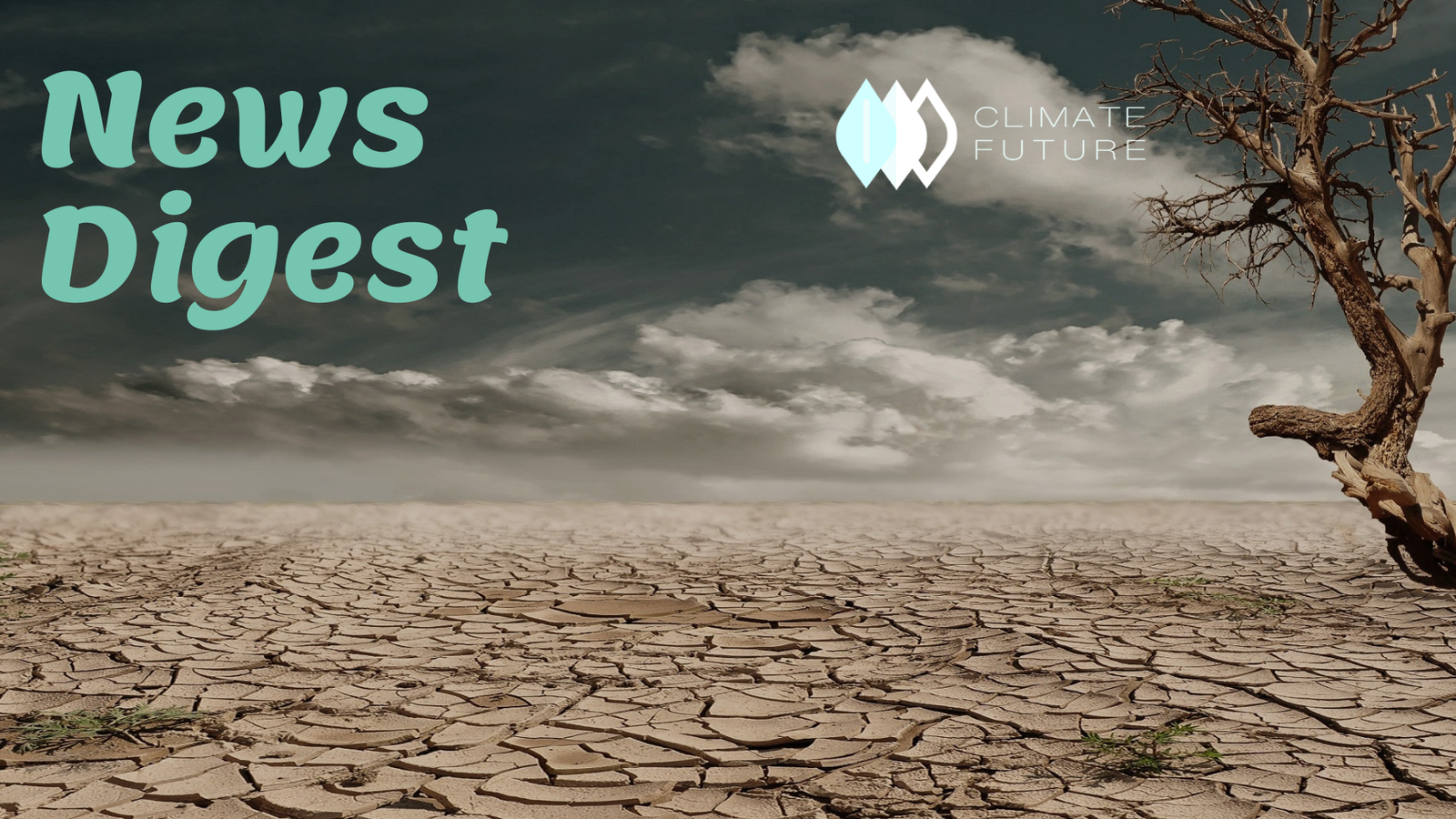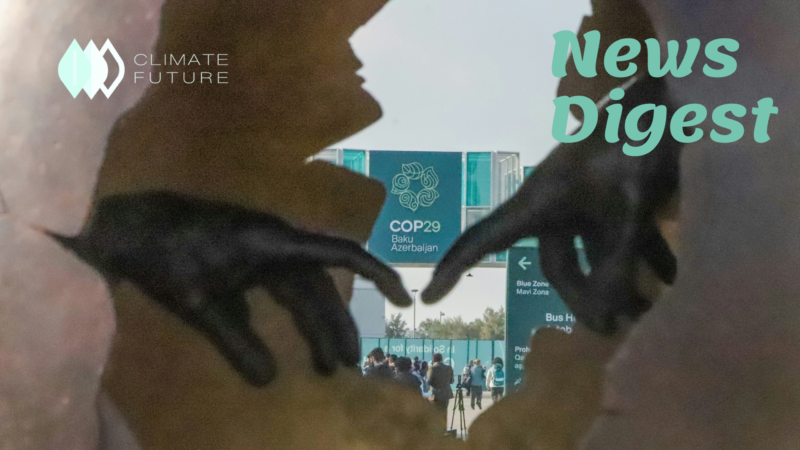WMO: Greater Horn of Africa drought forecast to continue for fifth year
The Greater Horn of Africa Seasonal Climate Outlook Forum issued a forecast for October to December has high chances of drier than average conditions among the most parts of the region. That can worsen the crisis for millions of people. Last month, humanitarian agencies mentioned the alarm over 50 million people in the region who are suffering from terrible food security this year. Rainfall from October to December constitutes up to 70% of the total yearly in the equatorial parts of the Greater Horn of Africa, especially in eastern Kenya. However, the beginning of the rainy season is likely to be delayed in most eastern parts of the region by triggering rainfall deficits. The exceptional drought shows the vulnerability of the region to climate-related risks due to climate change. WMO revealed the launch of a new $5.2 million project to have better regional and national entities to use early warning services. In addition, the project will provide technical support to Somalia, Ethiopia and Sudan by leveraging ongoing pipeline investment projects financed or implemented by the World Bank, WMO and the UN Office for Disaster Risk Reduction.
UN spotlights ‘invisible’ value of groundwater during World Water Week
According to the United Nations World Water Development Report 2022, groundwater consists of 99% of all liquid freshwater on Earth. However, this natural resource is poorly managed and undervalued consequently. World Water Week 2022 was held in Stockholm, Sweden, from 23 August to 1 September which featured many discussions both in person and online, under the theme of “Seeing the Unseen: The Value of Water”. The session on groundwater also included presentations from the Food and Agriculture Organization (FAO), the United Nations Educational, Scientific and Cultural Organization (UNESCO) and others. Among many activities, UN-Water is co-hosting to focus on the relation between the Sustainable Development Goal 6 (Water and Sanitation) and other goals. The main goal of the UN Water Conference is to raise awareness of the worldwide water crisis and decide on a concerted action to accomplish the internationally agreed water-related targets and goals, consisting of those contained in the 2030 Agenda for Sustainable Development.
Global awareness critical to protect world’s mangroves: UN science chief
The UNESCO Director-General called for more global awareness about these critical coastal areas in her message to record the International Day for the Conservation of the Mangrove Ecosystem. It is estimated that over three quarters of mangroves in the world are now threatened. UNESCO will launch a new mangrove restoration project next month in seven Latin American countries: Cuba, Columbia, Ecuador, El Salvador, Panama, Mexico and Peru. Local communities will get economic opportunities from the project. It will facilitate the sharing of knowledge and the exchange between indigenous and local populations and the scientific community. UNESCO is working to protect and prevent the world’s mangroves and other “blue carbon ecosystems” with some initiatives such as World Heritage sites, Geoparks and Biosphere reserves.
Wildfire and floods don’t need to turn into disasters: UN risk report
The period between 2021 and 2022 experienced record-breaking catastrophic disasters in all corners of the world from record-breaking heat waves in British Columbia to floods in Nigeria, droughts in Taiwan and wildfires in the Mediterranean. Around 10,000 people lost their lives and an estimated $280 billion was affected in damages worldwide. The latest Interconnected Disaster Risks report from the UN University Institute for Environment and Human Security (UNU-EHS) found out that many of the disasters have shared root causes. To connect the dots, the Interconnected Disaster Risks report’s research team looked “below the surface” of each disaster and classified the drivers which allowed them to occur in the first place. For example, deforestation leads to soil erosion, which in turn causes land highly susceptible to hazards such as drought, landslides and sandstorms. The drivers of disasters are formed by shared root causes which are more systematic in nature through political and economic systems. Other common root causes include livelihood opportunities and inequality of development, legacies of colonialism and human-induced greenhouse gas emission. Since the solutions are interconnected, one type of solution can be applied in different contexts to reduce the impact of disasters in many parts of the world.



